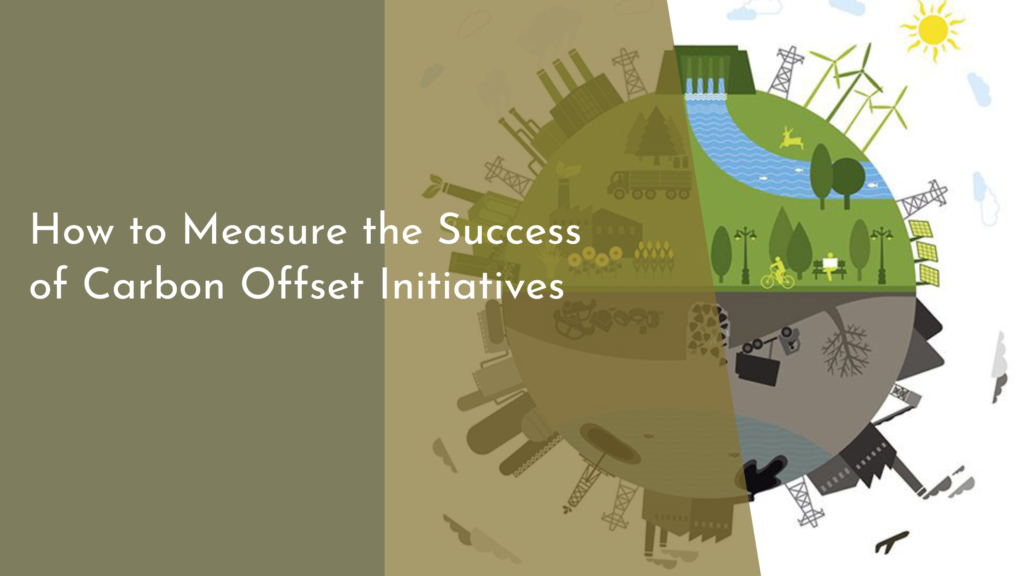Advanced Membranes in Fuel Cells: Efficiency Improvements
As the world increasingly shifts towards sustainable energy solutions, fuel cells have emerged as a promising technology for clean power generation. Central to the operation of fuel cells are membranes, which play a critical role in separating reactants while allowing the necessary ions to flow. The advancements in membrane technology have provided an opportunity to enhance the efficiency and performance of fuel cells significantly. In this article, we will explore the role of advanced membranes in fuel cells, how innovations in this area boost efficiency, their future in clean energy, and real-world applications where these breakthroughs are making a tangible difference.
Exploring the Role of Advanced Membranes in Fuel Cells
Fuel cells generate electricity through electrochemical reactions between hydrogen and oxygen, with water and heat as byproducts. At the heart of this process lies the membrane, specifically the proton exchange membrane (PEM), which selectively allows protons to pass while blocking electrons and gases. This selective permeability is crucial for maintaining the efficiency of the fuel cell; it enables the generation of electricity without combustion, resulting in a clean energy source. The development of advanced membranes aims to enhance these properties, optimizing fuel cell performance under a variety of operating conditions.
Recent advancements focus on improving membrane durability, ionic conductivity, and thermal stability. Researchers are experimenting with different materials, including nanostructured polymers and composite membranes, to create solutions that can withstand harsher environments and sustain longer operational lifespans. As a result, these membranes not only improve efficiency but also contribute to the overall reliability and cost-effectiveness of fuel cells, making them more viable for widespread adoption.
How Membrane Innovations Boost Fuel Cell Efficiency
Innovations in membrane technology have brought about significant efficiency gains in fuel cells. For instance, the introduction of high-performance polymer membranes enables better ionic conductivity, allowing for faster ion transport. This leads to increased current densities and power output, which are critical for applications ranging from portable electronics to large-scale power generation. Enhanced ion transport reduces energy losses, ensuring that a higher percentage of the input energy is converted into usable electricity.
Moreover, the development of thinner membranes has also contributed to efficiency improvements. Thinner membranes reduce the distance that ions must travel, minimizing resistance within the system. This reduction in resistance translates to lower energy requirements, further enhancing overall system efficiency. These innovative approaches are vital as they can drive down costs and make fuel cells a more competitive option against traditional power generation methods.
The Future of Clean Energy: Membranes That Make a Difference
The future of clean energy is closely tied to ongoing advancements in membrane technology for fuel cells. As nations strive to meet ambitious carbon reduction goals, efficient and reliable fuel cells can play a crucial role in achieving these targets. Research is increasingly focusing on making membranes not only more efficient but also more sustainable. Biodegradable materials and environmentally friendly manufacturing processes are being explored to reduce the ecological footprint of fuel cell production.
In addition to improving efficiency, future membranes are expected to enable fuel cells to operate effectively under diverse conditions, such as high humidity or varying temperatures. This versatility could position fuel cells as a cornerstone technology for various applications, from vehicles to stationary power systems. With continued investment in research and development, the next generation of advanced membranes promises to revolutionize the clean energy landscape, moving us closer to a sustainable future.
Real-World Applications of Advanced Fuel Cell Membranes
Advanced fuel cell membranes are already making waves in numerous industries, showcasing their potential as an alternative energy source. In the automotive sector, companies are integrating these advanced membranes into hydrogen fuel cell vehicles, which offer zero-emission driving solutions. The improved efficiency of these vehicles not only enhances performance but also extends their operational range, making them more appealing to consumers and manufacturers alike.
Beyond transportation, advanced membranes are being utilized in stationary power generation systems as well. These systems can provide backup power for critical infrastructure or serve as a clean energy source for remote areas. The versatility of fuel cells, powered by innovative membranes, enables them to be used in various applications such as portable electronics, backup power systems, and even grid-scale energy storage. As these technologies continue to evolve, they will play an increasingly vital role in our transition to a sustainable energy future.
In summary, the advancement of membranes in fuel cells stands as a beacon of hope for a cleaner, more sustainable energy future. With innovations continually enhancing efficiency and performance, these membranes are set to play a pivotal role in various applications, from automotive to stationary power solutions. As we continue to explore and invest in these technologies, the promise of a world powered by clean energy becomes more attainable every day. The future looks bright, and with it comes the exciting potential of advanced membranes to lead the charge in fueling our sustainable ambitions!

